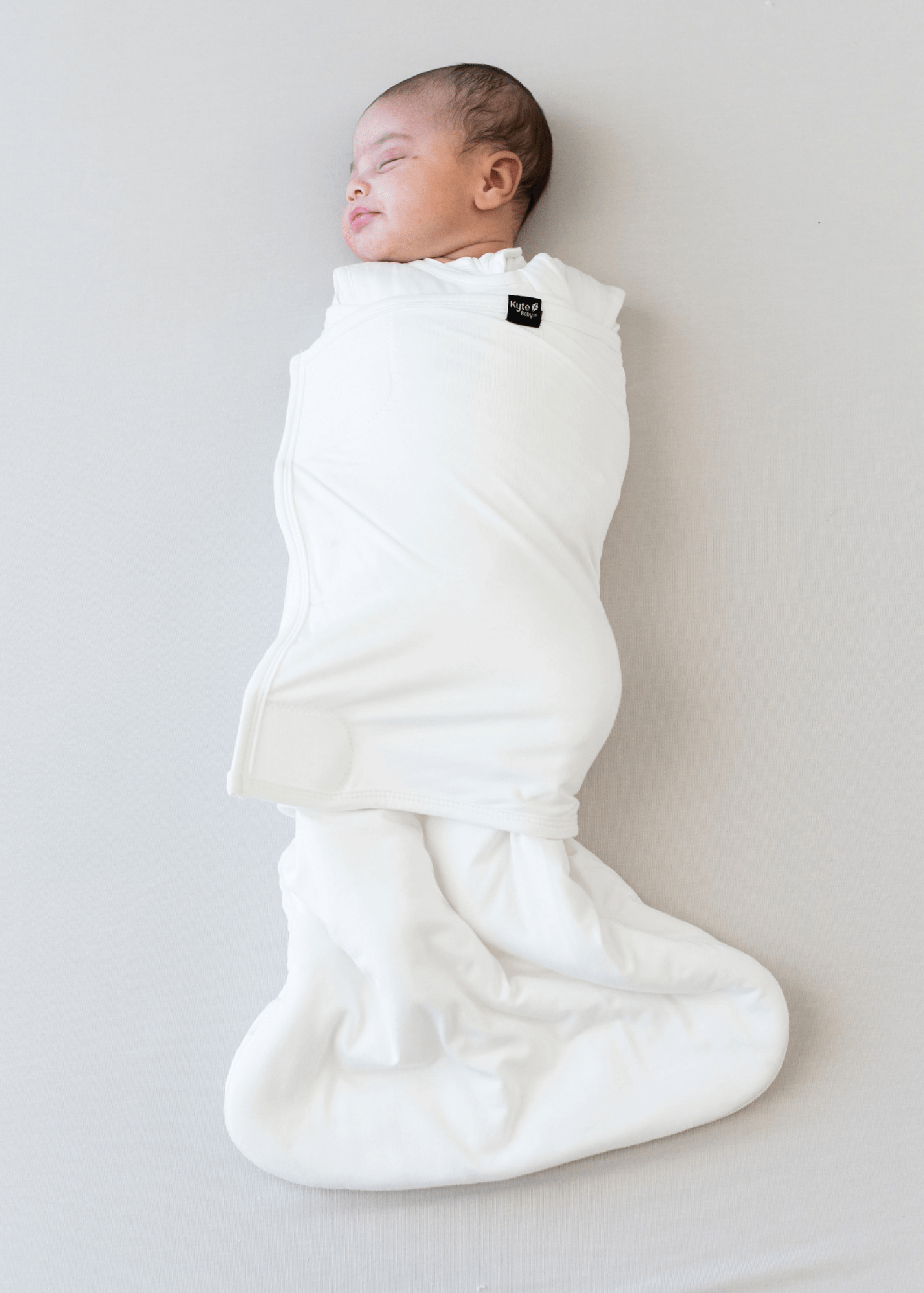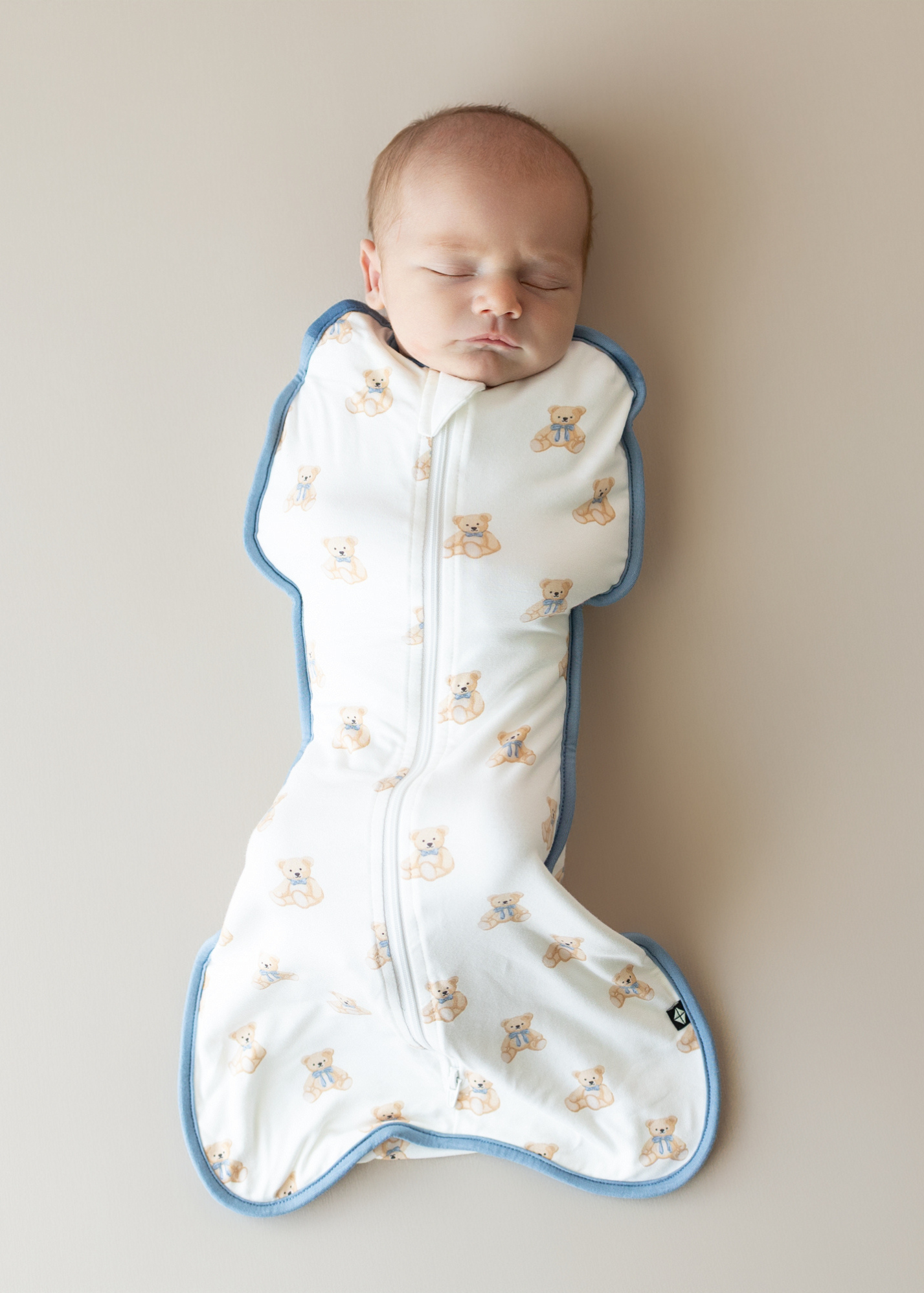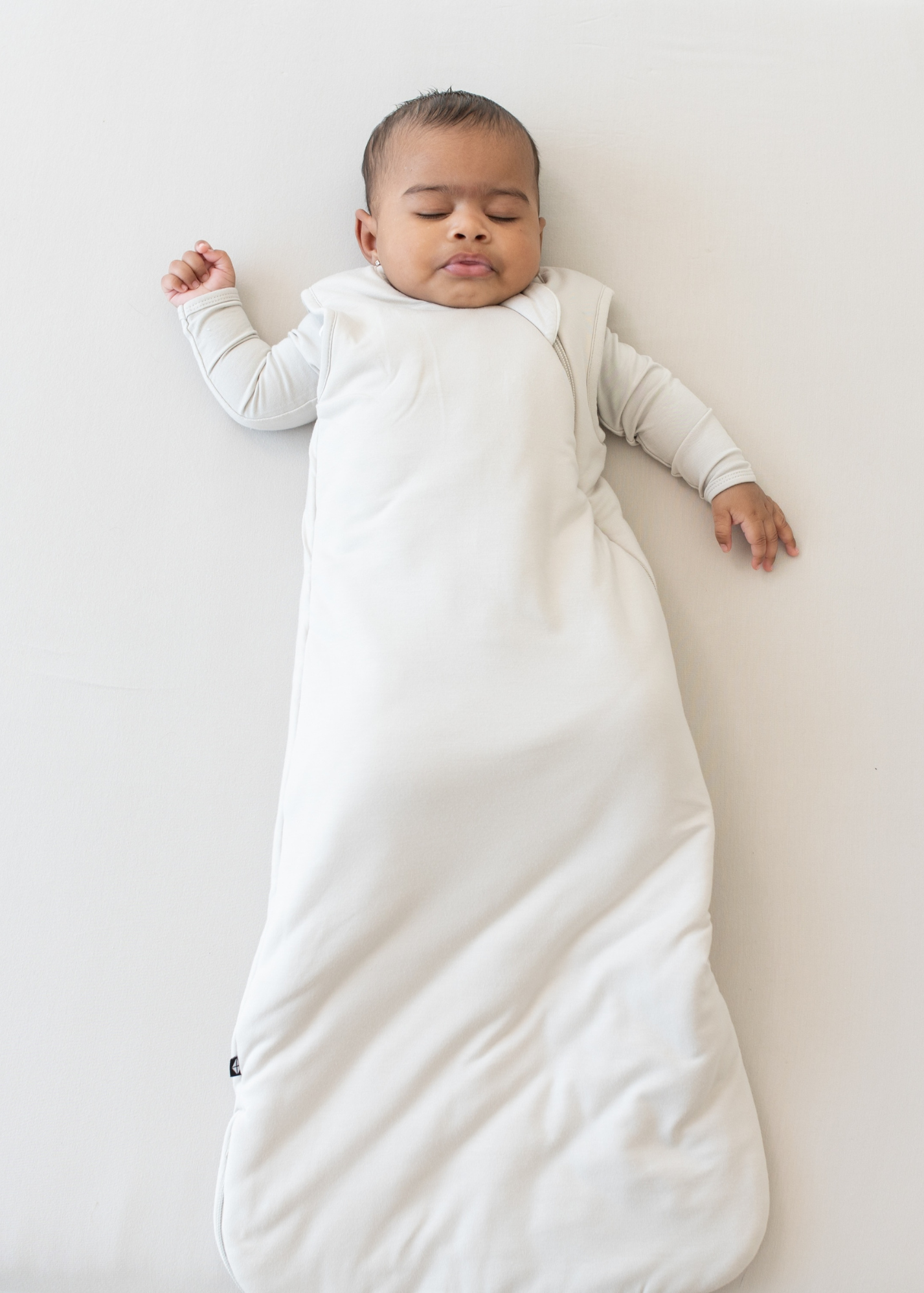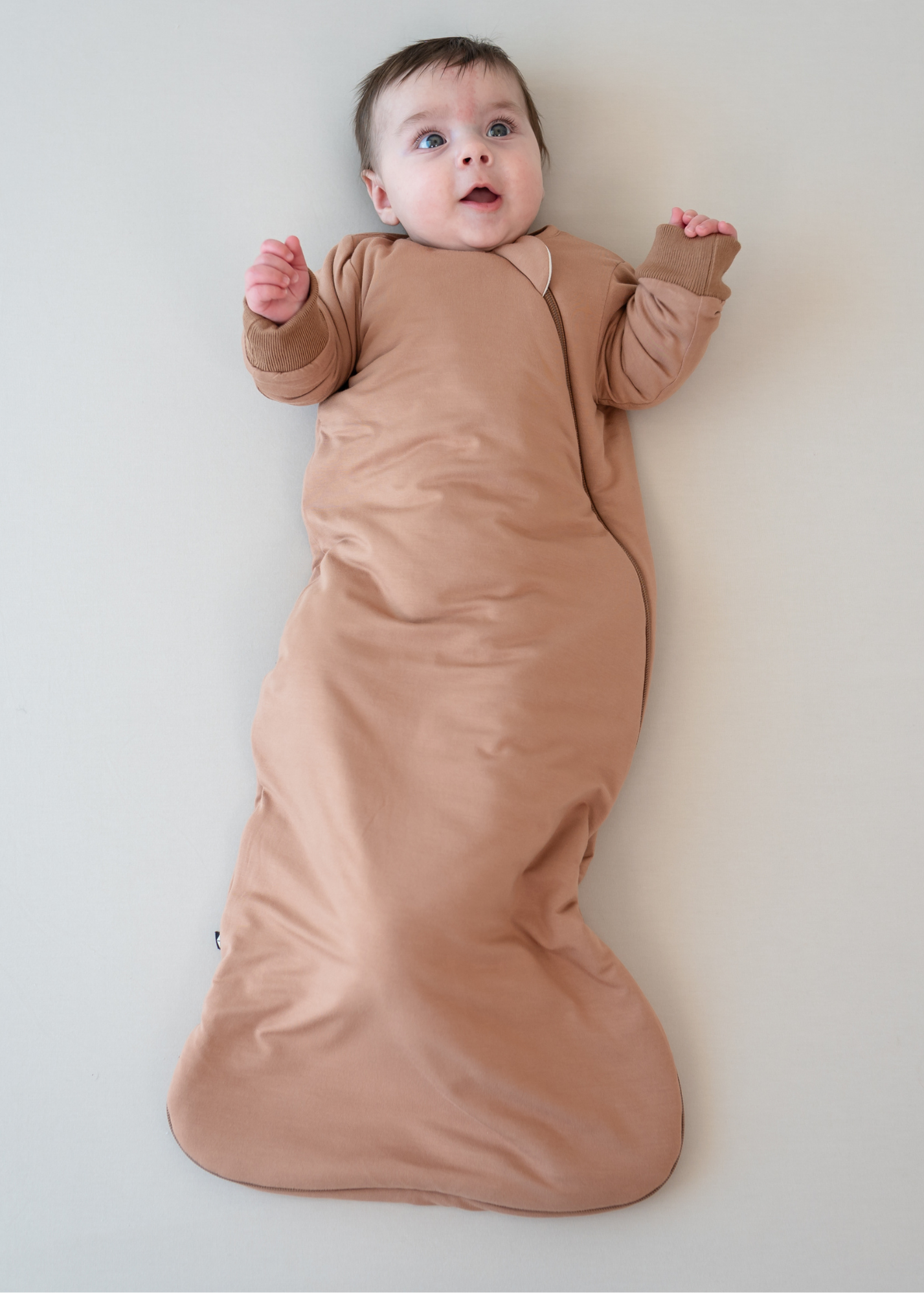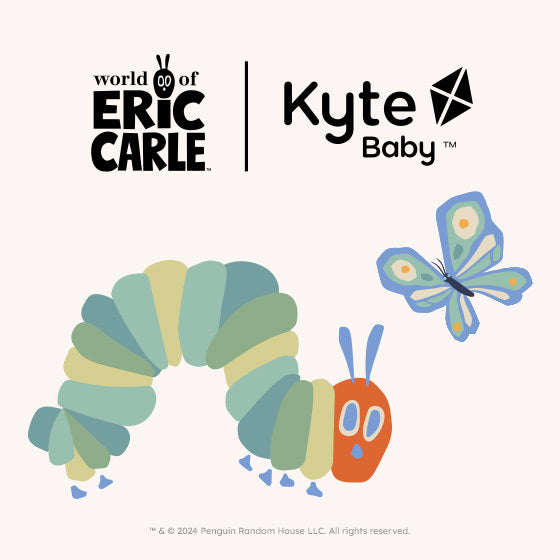
Spinning babies® is an approach that creates balance in your pelvis to allow for an optimal positioning for baby in your uterus. Optimal positioning allows for an easier labor and delivery for both mom and baby!
During your prenatal appointments, your OBGYN or midwife will palpate or feel your belly while measuring your fundal height. This gives them an idea of the size of your baby, if you are on track for where you are in your pregnancy, and what position your baby is in.
If your baby is breech, there are a lot of things you can do to optimize space in your pelvis to allow for baby to turn head down. We will also discuss things like:
- What is Spinning Babies®?
- Spinning Babies® positions
- Belly mapping
- Spinning Babies® exercises
- Webster technique
- Chiropractic care in pregnancy
- Other benefits of seeing a Webster Certified Chiropractor
- Pelvic floor physical therapy and acupuncture
- Ways for you to know if baby has flipped or changed position
What is Spinning Babies?

This is an approach utilized to ease baby’s rotation into and out of the pelvis. If baby can find the exit, then labor and birth are much easier on both mom and baby!
Having babies head in an optimal position in the pelvis throughout labor can decrease labor length and even make labor more comfortable (not pain free by any means, but less pain than if baby were in a sub-optimal position).
The focus of Spinning Babies® is all about balance- muscle toning, equalizing each side of the body, and increasing the width of your pelvis.
The goal with using Spinning Babies® during your pregnancy is to prepare for a straight forward, “easy” birth. If you have any muscular imbalance due to repetitive activities, previous injuries, or poor posture, then Spinning Babies® will help create the balance to open up your pelvis for baby to be able to rotate and descend.
It is not uncommon to have hamstring tightness and pelvic instability with our current lifestyles, both of which lead to decreased space in the pelvis preventing baby from being able to manoeuvre himself into the proper position for birth.
There is more to labor than just what the cervix is doing!
It is helpful to find a birth support person such as a doula to guide you through Spinning Babies activities during labor to decrease your labor length and decrease pain from things such as back labor.
Several studies showed that there are more natural births, fewer c-sections, and improved birth satisfaction with the presence of a doula!
Of course this is not to replace your physician or prenatal care; this is only a tool to have in your tool belt to assist your body in doing what it is capable of doing barring any medical complications.
Spinning Babies® focuses most on balance; they want the body to be not too tight, not too loose and not too “twisty.” Balancing your body out in the beginning of your pregnancy can be beneficial for an easier pregnancy as well as labor, but it is never too late to get started!
They want the body to:
- Allow contractions to be most effective during labor (more effective contractions mean a shorter labor!)
- Open up the pelvis as wide as possible to give baby lots of room to descend
- Decrease the need for medical interventions
- Decrease pain from malpositioned babies (think back labor)
- Increase comfort from improved position (less back pain, joint pain, lower abdomen pain)
- Allow for baby to get into a better position himself
- Encourage labor to start on its own
What is the most optimal position for birth?
We want a baby to be head down in a flexed position. You may frequently hear that baby needs to be head down facing one side or the other, or even facing your back, but really the crown of your baby’s head is what enters the pelvis first!
So with a flexed position, your baby’s head will make good contact with the cervix and allow for efficient dilation decreasing the length of your labor.
When your baby is facing your back, there is less rotation needed to engage in your pelvis, descend, and exit.
If your baby is facing your front or side, then there is just more rotation/work that needs to happen in order to birth your baby.
To be considered “malpositioned” your baby would need to be lying transverse or oblique where they cannot enter the pelvis at all.
Why is belly mapping important?

Before you can determine what exercises you need to do, it is important to know what position your baby is in.
Belly mapping is a 3 step process for determining the baby's position in the womb. Once you know this, you can take action to correct baby’s position if needed!
The best time to attempt this is during the latter part of your second trimester as this is when baby has settled into more of a permanent position (not always, just generalizing). Now is the time to do this instead of when baby is larger and harder to balance everything out!
Obviously it is preferred to have a baby that is head down, but even that is not enough to have a smooth labor and delivery!
From Mama Natural, “Anterior is the favored position because it encourages the baby to tuck their head and chin, creating the smallest head circumference as he/she passes through the birth canal. Posterior, on the other hand, presses the hardest part of the baby’s head against the mother’s spine, where pain receptors lie, and can cause major back labor pain.”
First, you’ll find where the baby's head is. It’s best to do this lying down!
Feel around your pelvic bone; baby’s head will feel like a bowling ball. Their arms and hands will likely be up close to their face.
Then you’ll find the heartbeat. You can use nontoxic paint to mark this. When you find this, you may feel a long hard mass (the baby’s back) or it may feel softer (baby’s abdomen or even an anterior placenta).
If you have a doll, it is helpful to use as a visual placing baby where you feel like your baby’s head and heartbeat is!
Next, you can find baby’s bottom. It will also feel hard and round, much like their head felt.
Think about where you feel most of your kicks and movement. If you feel it more on one side than another (think kicks and not rolls/flips), then that is likely where baby’s feet/knees/legs are.
Of course, you can always ask an experienced OBGYN, midwife, or even doula to help you figure out what position your baby is in. Most prenatal appointments include palpating your uterus to check baby’s position!
Here is a helpful video that shows belly mapping in action!
To learn more about the different positions your baby could be in and how that can affect labor, check out this page!
How to find the baby’s position, what do you do with that information?
This is where Spinning Babies® exercises come in! Once you know what position the baby is in, there are exercises you can do to encourage the most optimal position for delivering baby.
However, there are things you can incorporate into your daily life while pregnant to promote a balanced pelvis.
Spinning Babies® recommends:
- Sitting with your knees lower than your hips
- Sitting on a firm exercise ball
- Squatting
- Good posture (shoulders back) while walking
When you’re in labor, they recommend:
- Standing and leaning forward with knees relaxed
- Hands and knees
- Sitting on a birth stool
- Plus a lot more you can reference on their site for ideas of laboring positions
Once you know what position your baby is in, you can go to their website for activities to do to either encourage a more optimal position or activities to maintain baby in their current position.
Here is a list of daily activities mom can do while pregnant:
- Walking
- Forward leaning inversions
- Good posture for mom
- Stretching
- Forward lunges
- Calf stretches
- Squats
- Hip flexor releases
- Hip openers
- Pelvic tilts (think cat/cow yoga pose)
- Good posture while sleeping
- Stretching any tight areas around the pelvis
Other Spinning Babies® Techniques

Rebozo sifting is commonly used to relax tight ligaments that can cause imbalances in your pelvis, help baby rotate more easily when in labor, and help mom relax in her labor.
A Rebozo is basically a long piece of woven fabric that supports the mother’s abdomen and decreases the stress on her ligaments and muscles. It is basically a hammock for the baby to sit in!
To see it in action and read more about it, check it out here on the Spinning Babies® website.
It is important to note that Spinning Babies® techniques do not usually put a baby who is in a good position into a less optimal one!
What positions should you not do if you have a head down baby already?
- Avoid a true knee to chest position
- Long inversions (short 30 second ones are okay!)
If you are on bedrest for an extended amount of time, you will want to follow their “Rest Smart” protocol, release tight muscles with their abdominal release and sidelying release, and decrease any tightness that may be present in your hip flexor muscles.
If you’ve experienced a lot of prodromal labor (false labor or labor that starts and stops, ineffective contractions) then you may have luck with:
- Walking a lot (and I mean A LOT)
- Yoga hip opening stretches
- Bridge pose
- Forward-leaning inversions
- Sleeping with a pillow between your knees and ankles
- Drink a lot of water and maintain your electrolytes
- Pregnancy teas
- Food-based iron
- Sleep, laughter, and orgasm
Who else can support optimal positioning?

Seeing a Webster certified Chiropractor for the Webster method chiropractic adjustment during pregnancy has shown to lengthen the duration of labor and ease delivery of your baby.
The Webster technique chiropractic was taught by Dr. Webster as involving a specific sacral analysis, diversified adjustment and related soft tissue release to be used on all weight bearing individuals including the pregnant population throughout pregnancy.
From Pathways to Family Wellness, “The Webster chiropractic adjustment begins the process of realigning the sacrum, which may relieve the pull that creates the tension in the uterus. Once that tension is removed, your baby may be free to follow its instincts and assume its best possible position for birth. This adjustment involves no external forces on the baby directly, and it is very comfortable and extremely safe. There have been numerous case reports examining this clinical outcome.”
The Webster trained chiropractor will address the sacrum, hips and ligaments that may be twisting, pulling or weighing down your uterus. Its goal is to improve pelvic balance and function. With a properly aligned pelvis, baby has more room and space to descend into the optimal fetal position.
Pelvic floor physical therapy also plays a vital role in pregnancy and postpartum! If you’re unfamiliar with pelvic floor physical therapy, check out this blog to learn more!
It is important to understand that no matter the kind of birth you are planning or may unexpectedly have, it is always beneficial to support our bodies through the changes a growing uterus does to our bodies!
Birth itself is a traumatic event no matter how the baby exits our body, so it is very beneficial to check in with a provider that can help things return to normal physiological function!
Chiropractic Care in Pregnancy
According to a review of published research, “Chiropractic evaluation and treatment during pregnancy may be considered a safe and effective means of treating common musculoskeletal symptoms that affect pregnant patients.”
The most common pregnancy complaints include low back pain, sciatic nerve pain, sacroiliac pain, pubic symphysis pain, and round ligament pain.
All 5 common conditions can be treated/managed by a Webster certified chiropractor during pregnancy!
Low back pain is caused by the increased stress on the lower part of yuor spine as your center of gravity shifts forward with your growing belly. Then your muscles get tight and out of balance causing the pain and pelvic instability.
Low back pain is also common postpartum due to the poor use of muscles over the length of your pregnancy and also poor posture while feeding your new little one.
Tightness in your gluteal muscles can lead to irritation and compression of the sciatic nerve as well as baby’s growth putting more pressure in the area of those nerves leading to radiating pain.
Hormonal changes during pregnancy can lead to extra relaxed ligaments that cause our joints to be more mobile than normal. That can cause joint pain in our pelvis and hips. There’s also increased stress on those joints from supporting our growing baby.
Symphysis pubis dysfunction is pain in the front of your pelvis due to the relaxing ligaments that allow for extra mobility in that part of our pelvis. The joint can then separate and that instability can make activities of daily life more difficult, to the point that some pregnant women have difficulty walking!
As the uterus grows, the round ligaments also stretch and can cause a sharp pain on either side of the abdomen or at the attachment sites of the ligaments near the pubic bones or labia. You may feel this when making sudden positional changes or doing movements that stretch those ligaments.
Remember that poor positioning of the baby in your uterus can prolong your labor and cause more pain, so by balancing out our pelvis with use of Spinning Babies techniques and chiropractic care, it produces a more positive birth experience.
Other Benefits of Seeing a Chiropractor During Pregnancy
According to Healthcare Associates of Texas, chiropractic care can reduce nausea and vomiting as they focus on realigning your spine which improves overall neurological function.
It can shorten your labor and pushing stage because maintaining proper alignment ensures our nerves are working as efficiently as possible- meaning the nerves that control our contractions and dilate our cervix can work how they’re supposed to!
Using Alternative Therapies in Pregnancy to Optimize Fetal Position
Approximately 3-4% of babies are breech at term or delivery. The majority of these babies are born via c-section.
In order to avoid a c-section, some women will have an ECV done. That is an external cephalic version which is turning the baby from the outside. Not all ECV’s are successful and can be quite painful!
So moms may turn to other methods of turning a breech baby if Spinning Babies exercises haven’t been successful yet in order to avoid an ECV.
Evidence shows that using acupuncture, specifically moxibustion which is where you burn an herb close to the little toe on both feet combined with postural changes (think some Spinning Babies exercises like true knee to chest) resulted in a 74% decrease in a breech presentation. This herb is thought to encourage the release of estrogen and prostaglandins which facilitate contractions meant to turn the baby.
A pelvic floor physical therapist can assist in providing activities to encourage optimal fetal positioning.
Your therapist may suggest things like:
- Pelvic opening activities in positions like sitting on the birth ball and on hands and knees
- Fascial release body work (this is the connective tissue that is interwoven throughout the body)
- Osteopathic manipulation (hands on technique to balance joints and muscles)
Are you sensing the theme is balance? Our bodies can be very asymmetrical due to lifestyle, jobs, injuries, etc so focusing on all of the above creates the symmetry our bodies need when housing a new baby!
It is possible for your baby to flip head down and back to breech until they settle into their birthing position; it is possible for them to flip during labor as well!
How does it feel when baby flips head down?
You may not notice when your baby has flipped into a head down position if it is earlier in your pregnancy. Toward the end of your pregnancy, it may feel like your baby did a somersault in your belly (they literally did)!
If you do not notice when your baby has flipped head down, you may notice different movements instead or hiccups in your lower abdomen instead of up by your rib cage.
How can I get my baby to flip? Besides seeing a Chiropractic Webster Technique, pelvic floor therapist, and using Spinning Babies® exercises, you can:
- Always sitting on the birthing ball for good posture, let gravity help turn baby
- Place an ice pack on the top of your belly and a heating pad on the bottom of your belly. The thought is that the baby will be uncomfortable with the ice pack and move toward the warmth
- Place headphones with music playing on your lower abdomen; baby may be encouraged to move toward the sound
- Hypnotherapy by an experienced hypnotherapist is relaxing and may encourage the baby to turn through visualization
- Swimming; the relief the water brings may give baby some extra space to make his way head down.
No matter what position your baby is in, it is beneficial to visit the Spinning Babies® website and do their daily essentials protocol to encourage or maintain an optimal position for baby for an easier labor and delivery. Try to be mindful of things that create asymmetry in your body through positions or activities you may do repeatedly and avoid anything that does not create balance!
Know that it is possible to turn a baby from breech or transverse into a head down position, where the baby is facing your spine and lying on your left side. This position means less rotation for baby to descend into the birth canal so a shorter labor and pushing phase can be achieved.
Author Bio: Ashley Olson is a certified pediatric sleep consultant, owner of Heaven Sent Sleep, and passionate about helping new parents, experienced parents, desperate and sleep-deprived parents form healthy sleep habits for their children.
She has over 3 years of experience in working with families and has completed over 150 hours of coursework plus continuing education related to infant and toddler sleep. The focus of her work is on fostering a routine that grows your bond with your child while improving their sleep habits. She specializes in custom sleep plans and one on one support in changing sleep practices!




